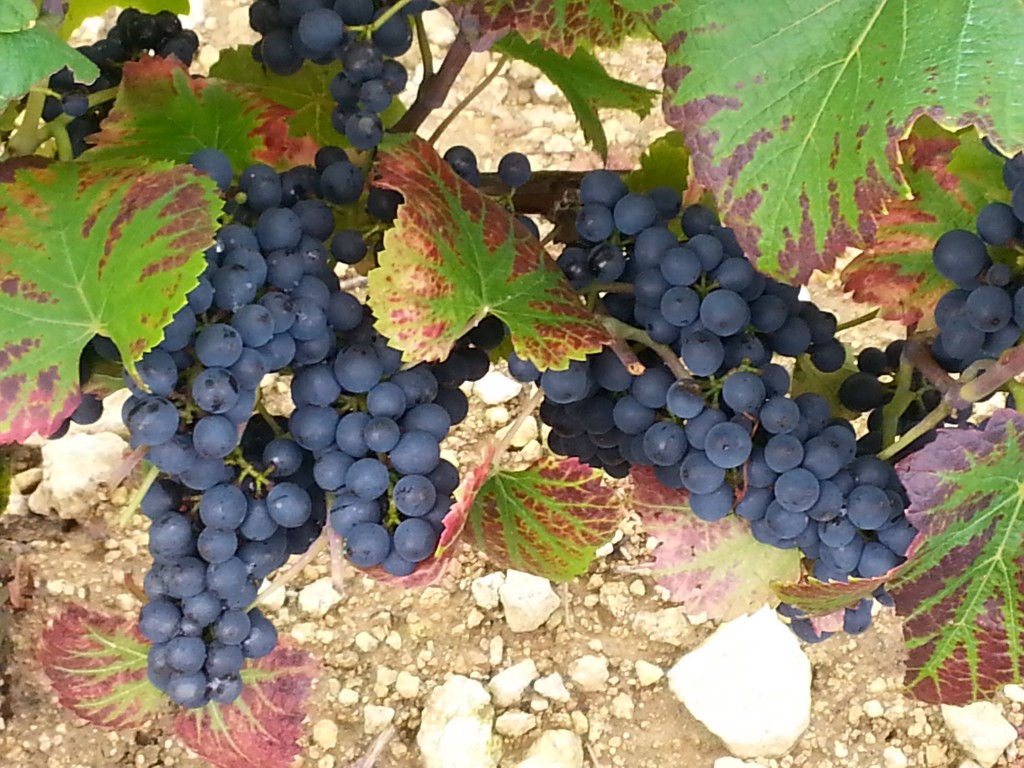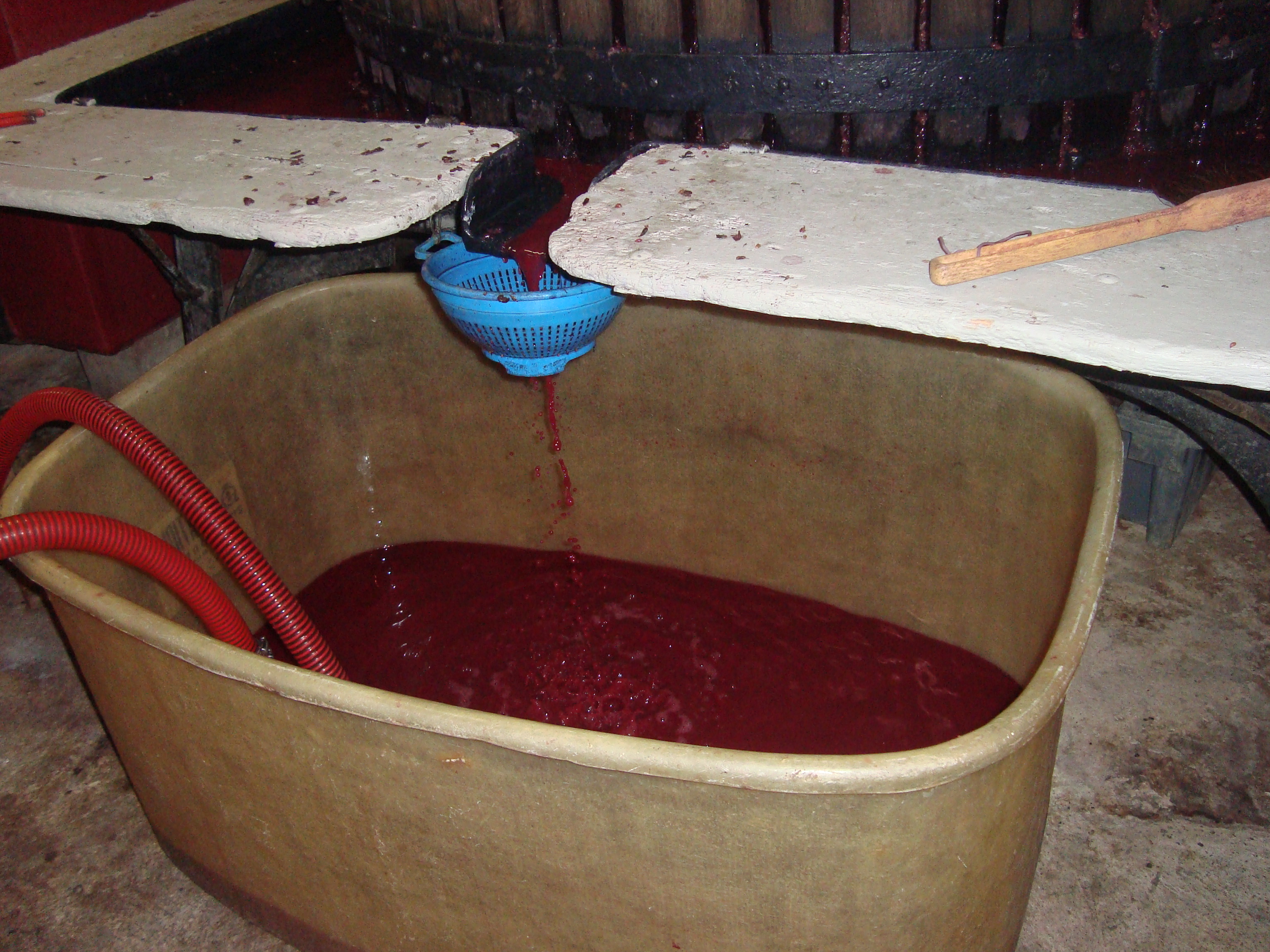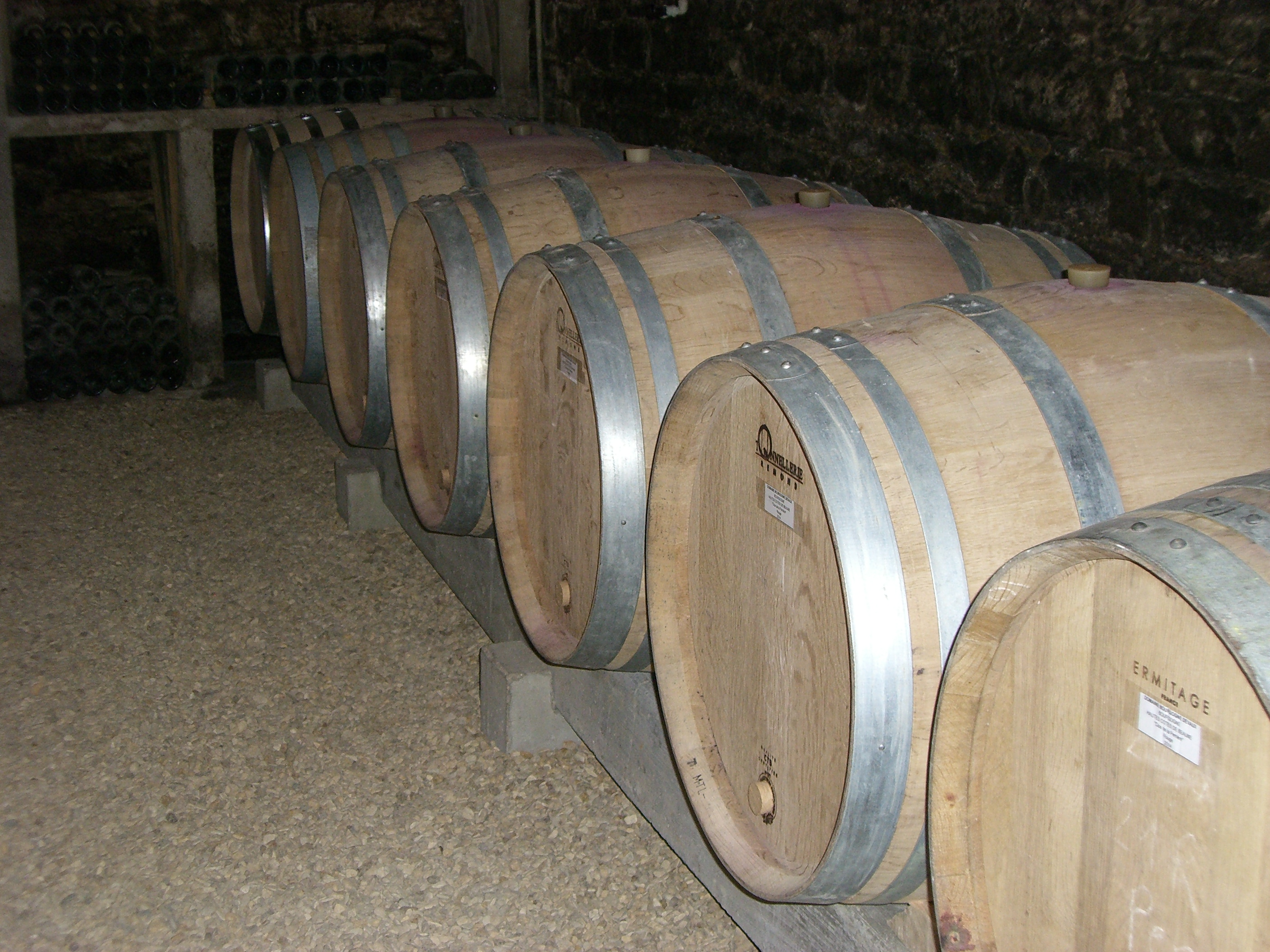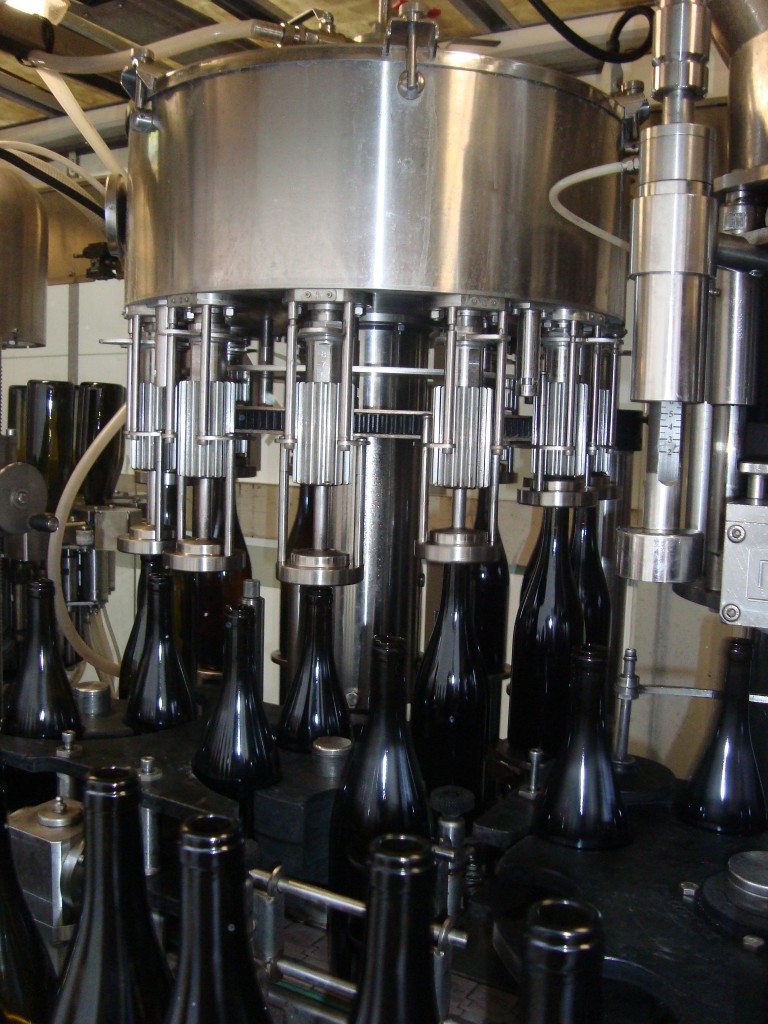Winemaking
Vinification is the phase of work that sees the grapes become wine.
It's the culmination of a whole year's work. The vinifications are made so that each cuvée expresses its terroir and the typicality of the vintage.
Each year, depending on the level of maturity and the state of health, the choice is made to destem all or part of the grapes.
Within the same appellation and depending on its surface area, the grapes are vinified separately in order to make local wines. The vats are put at a temperature of 12° for a pre-fermentation maceration of 5 to 8 days, a phase during which the cell membranes of the skins will slowly weaken, the juices becoming rich in aromatic compounds and in color.


The gradual rise in temperature and the possible addition of selected yeasts will trigger the start of alcoholic fermentation.
Fermentation lasts about 10 to 12 days.
Every day, the juices are tasted in order to adjust the work throughout the vinification, to optimize the choice of extraction between pumping over and punching down.
It is also through tasting that the date of devatting is determined when the level of extraction and the roundness of the tannins are reached.
During devatting, free run wine and press wine (from a vertical press without crumbling and at low pressure) are generally blended. They are put in vats for settling for a week. Once clarified, they are put in barrels, we enter the period of aging of the wines.
The wines remain in barrels for a period of 12 to 18 months with a contribution of 10 to 20% of new barrels depending on the year.
Malolactic fermentation generally takes place in the spring to keep more aromatic complexity and substance in the wine.
Throughout this aging period, the wine will continue its natural clarification and gain in complexity and roundness by the slow diffusion of oxygen through the pores of the wood and the extraction of aromatic compounds from the oak wood.


After carrying out the meticulous racking and careful homogenization of the different cuvées, if necessary, the wines are carefully left to rest for several additional weeks.
This rest period allows the wines to continue their maturation process, in order to achieve the optimal balance of flavors and aromas.
Once this essential step has been completed, the wines are subjected to a light filtration, which aims to eliminate residual impurities, while preserving the quality and richness of their organoleptic characteristics.
Finally, after being carefully filtered, the wines are ready to be bottled, thus sealing their history and their essence in a glass case that will allow them to be fully appreciated during their subsequent tasting.
